Method
I used a break barrel, spring powered Weihrauch HW95 in 22 cal. Pellets were H&N Field Target Trophy 14.66 gr at MV 680 f/s, giving 16 ft.lb at the muzzle and 14 ft.lb at the test range of 10m.
The modelling clay was from Educational Colours Pty Ltd, Victoria AU. It is available from a variety of online retailers at $5 to $7 per 500g block. Ingredients are not disclosed but it is claimed to be non-toxic, non-drying and melts at about 70C, so itís likely an oil based ďplasticineĒ type material. It was tested as supplied and also mixed 3 parts by weight plasticine to 1 part dry red sand (washed) from the subsoil in my back yard.
Preliminary tests were done with planned backing materials: old dry 20mm dressed pine wood and a plastic chopping board (retired).
The clay blocks were initially trialled at 40mm thick for single shots, then reshaped to 60mm thick for 5 shot groups.
Paper targets were mounted on plastic corflute in contact with the block of clay and behind that were the plastic board and a sandbag. I used eye protection.
Result
Penetration in pine: 6mm to base of pellet. The pellet embedded in the wood.
Penetration in plastic: 1mm crater. The pellet dropped off.
Penetration in 40mm plain clay block:
One shot >42mm (right through)
Penetration in 40mm clay:sand 3:1 block:
One shot 37mm
Penetration in 60mm pure clay block:
5 shots >60mm (right through)
Penetration in 60mm clay:sand 3:1 block:
5 Shots 45mm
Illustrations
01 EC brand white modelling clay
02 Cut clay used for 3:1 sand block
03 125 g red sand
04 Pine block
05 Plastic chopping board
06 One shot into pure clay showing the chamber flag used to measure the penetration depth
07 The back of the 40mm clay block showing full depth penetration
08 Pellet from 40mm clay showing the dome flattened by hitting the plastic back board
Corflute and clay have been wiped off, leaving the red target paper embedded.
09 60mm pure clay block test setup
10 Back of pure clay block after 5 shots
11 Pellet marks on plastic board through 60mm of pure clay
11A 5 pellets recovered from the 60mm pure clay block
12 Clay:sand 3:1 block. One shot at 10m.
13 Back of the 40mm clay:sand block showing the pellet didnít go right through.
14 Pellet recovered from clay:sand block showing abrasion of the head
15 Clay:sand thick block setup
16 Clay sand block 5 shot group front of block showing some crumbling
17 Clay:sand block showing penetration depth
5 shot at 10m range. 45mm penetration
Conclusions
Thick clay, perhaps 100mm, is needed to stop heavy pellets like these, specially in a close group on the same target.
Wood captures pellets well.
Plastic stops pellets well but could be prone to ricochet.
It is quite hard to work the sand/clay mix by hand and it would be difficult to press back into shape without leaving voids or crumbly spaces.
Welcome guest, is this your first visit? Create Account now to join.
Welcome to the NZ Hunting and Shooting Forums.
Search Forums
User Tag List
Results 1 to 15 of 60
Thread: Airgun Interest
Threaded View
-
30-12-2021, 10:03 PM #28Member

- Join Date
- Mar 2012
- Location
- Waikato
- Posts
- 2,167
Test Fire: Modelling Clay for an Airgun Pellet Trap
Similar Threads
-
How to verify an airgun is unloaded ?
By Bagheera in forum Firearm SafetyReplies: 12Last Post: 28-10-2015, 07:08 AM
Tags for this Thread
Welcome to NZ Hunting and Shooting Forums! We see you're new here, or arn't logged in. Create an account, and Login for full access including our FREE BUY and SELL section Register NOW!!




 60Likes
60Likes LinkBack URL
LinkBack URL About LinkBacks
About LinkBacks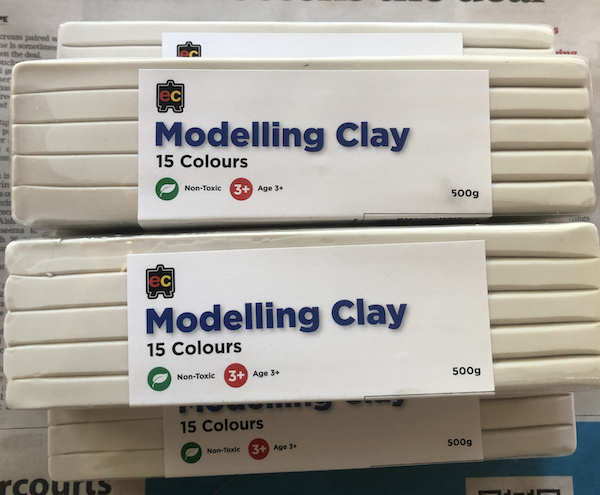
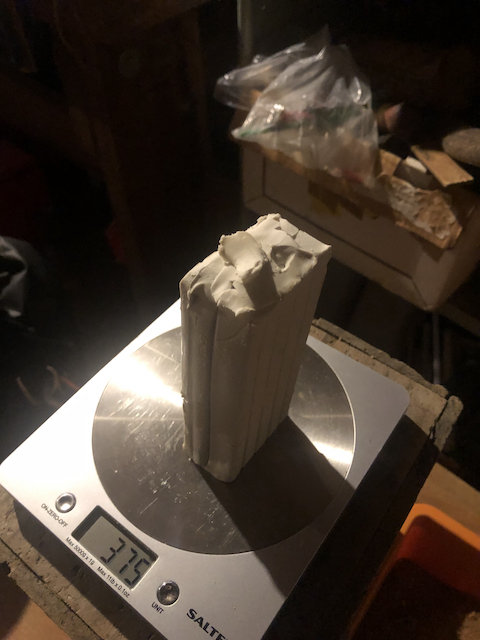
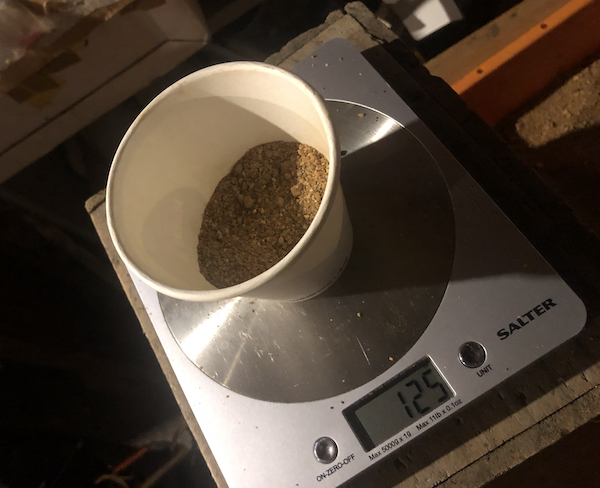
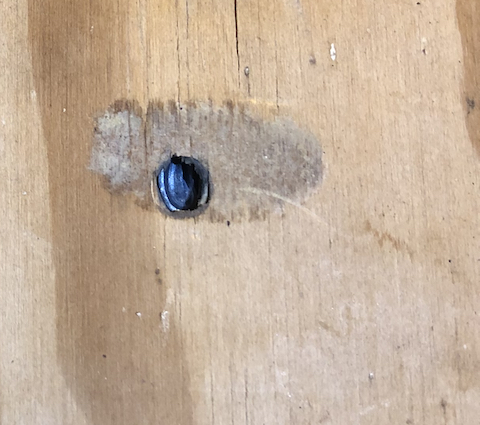
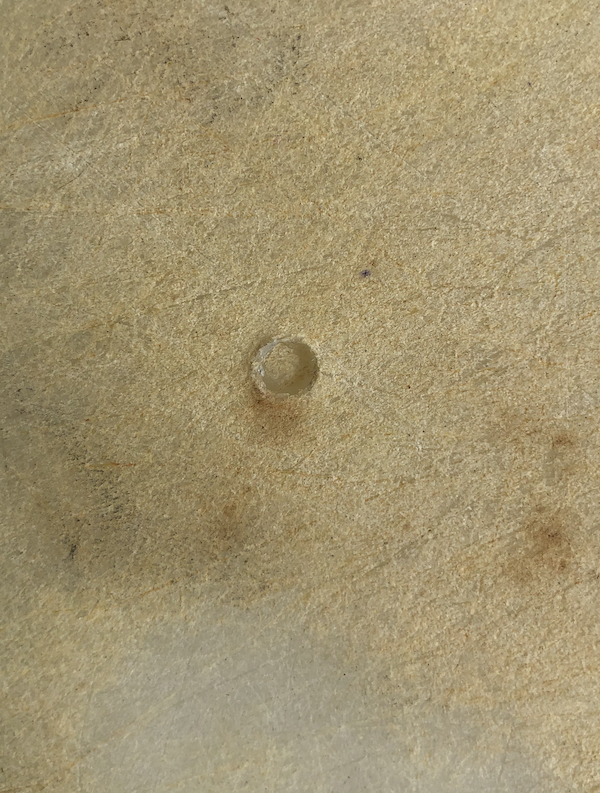
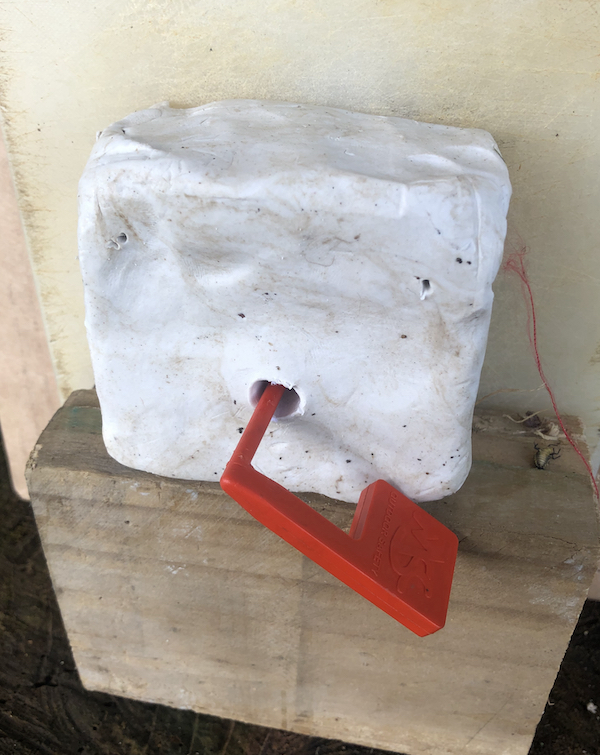
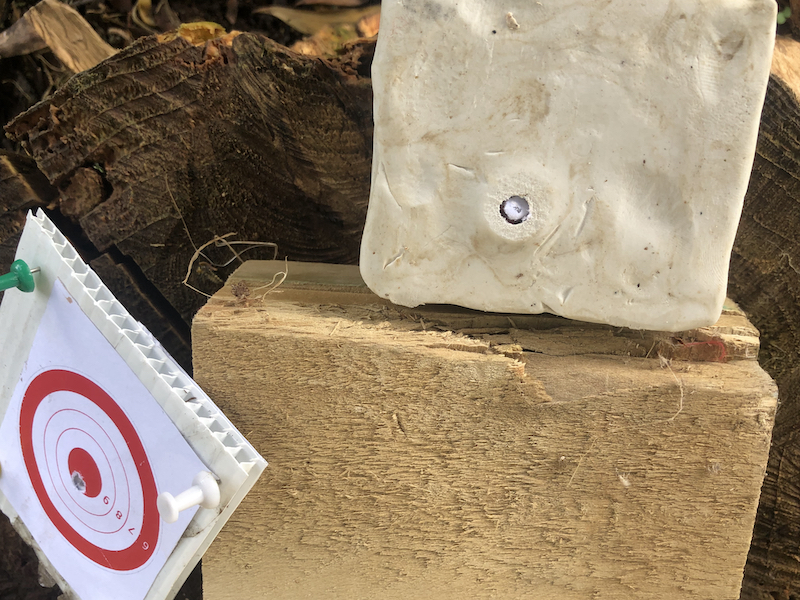
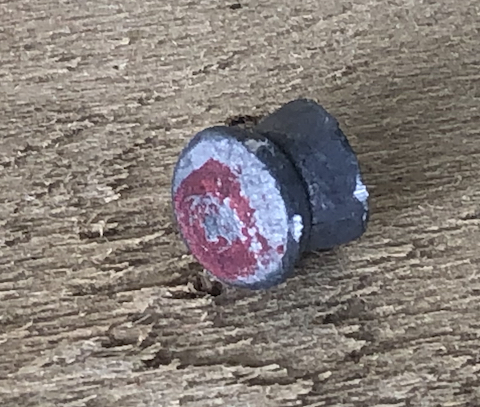
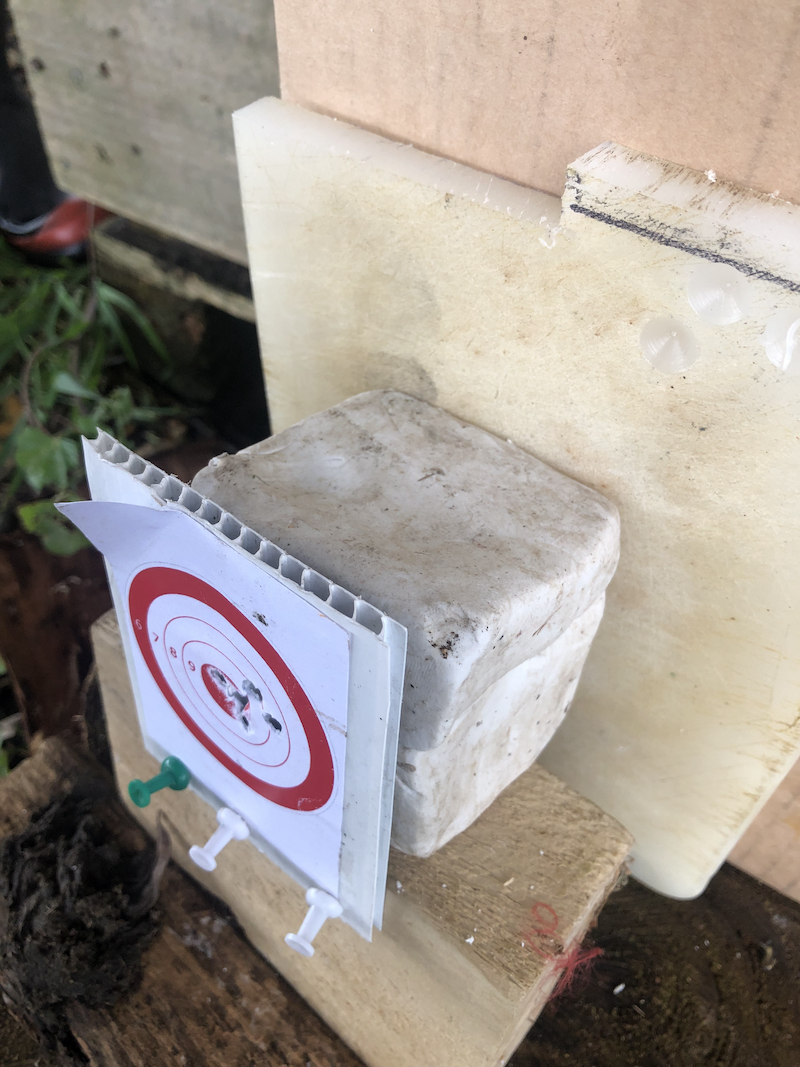
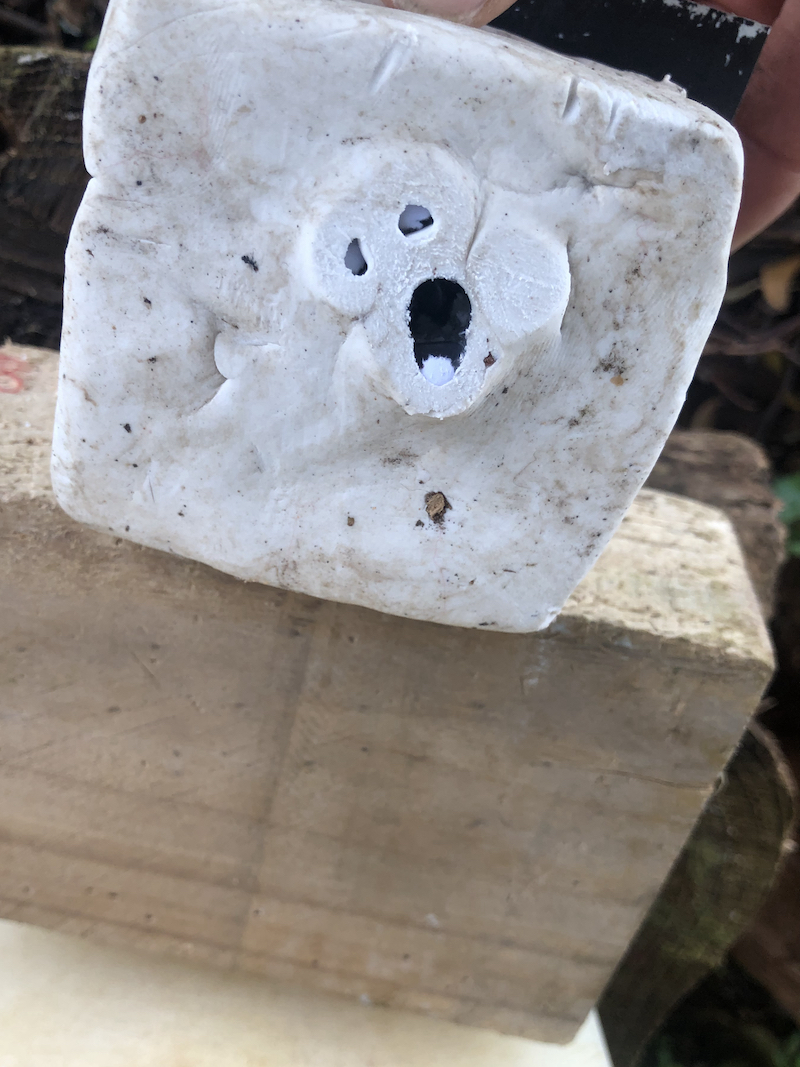
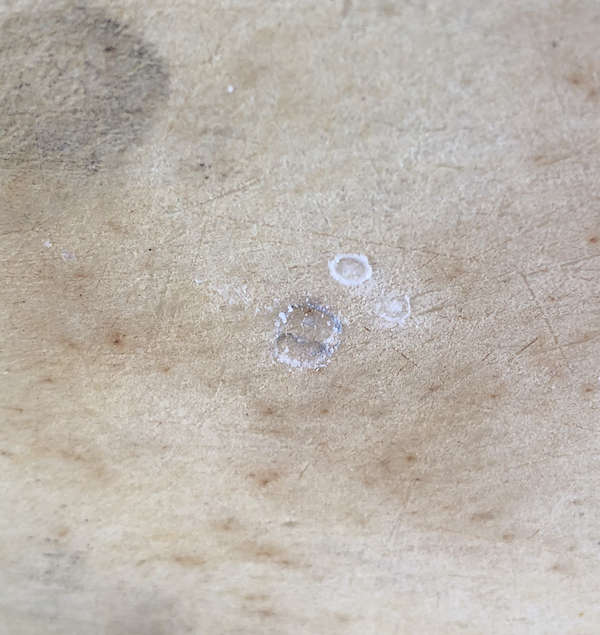
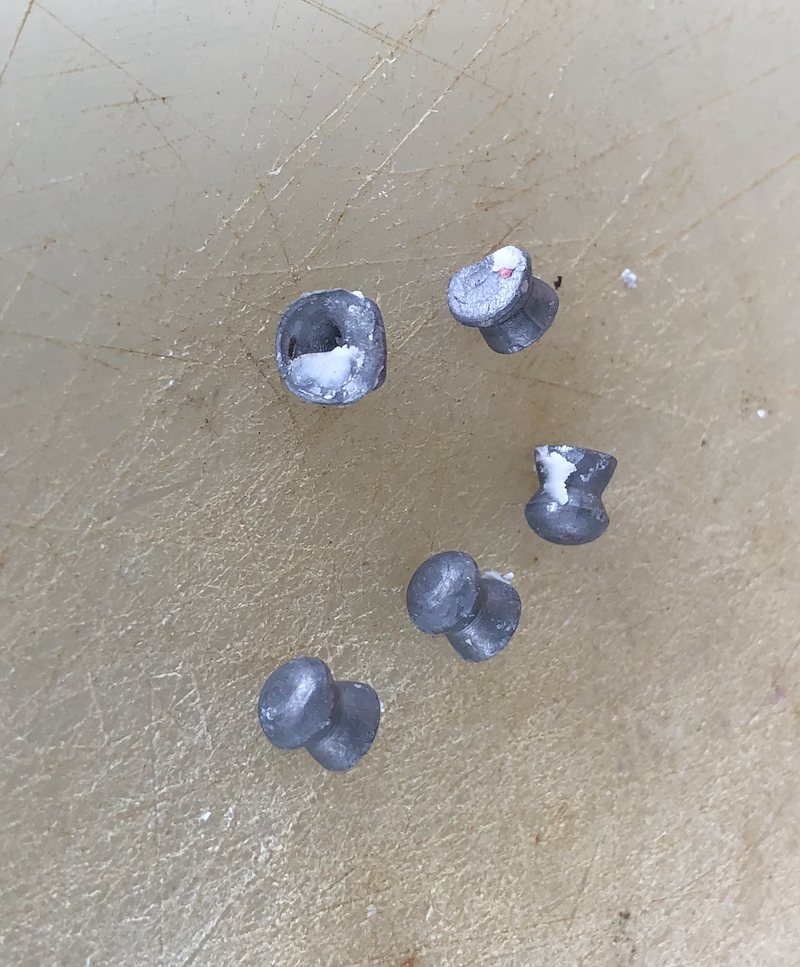
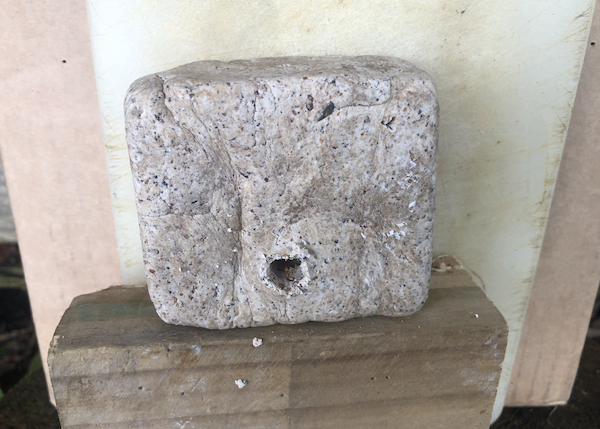
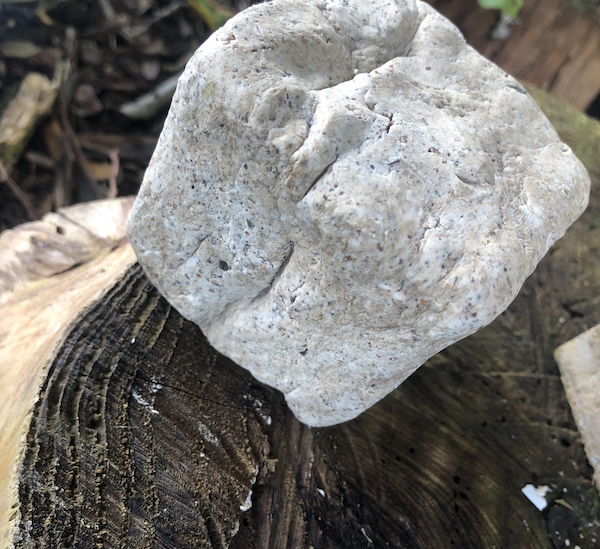
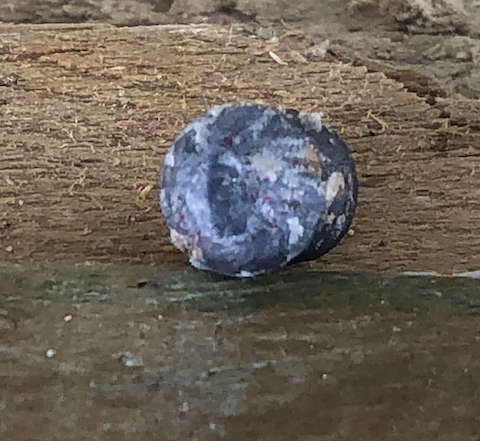
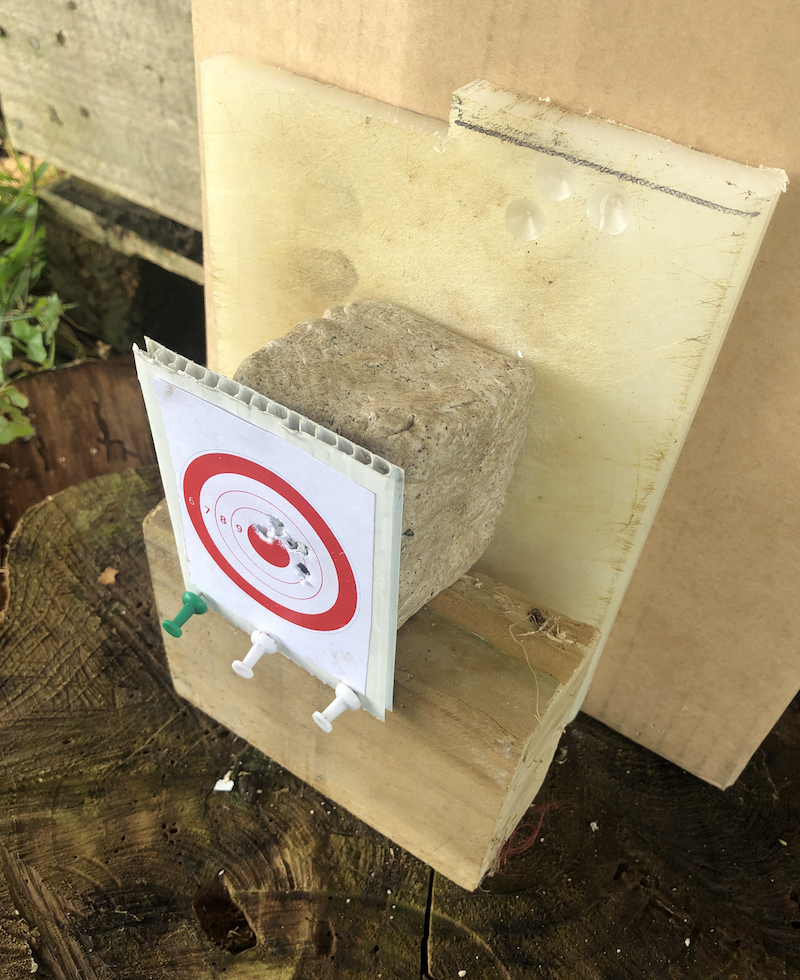
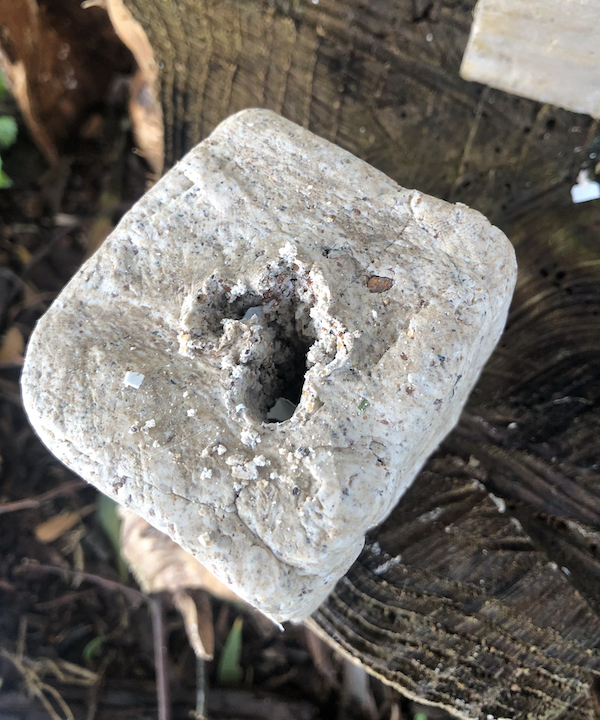
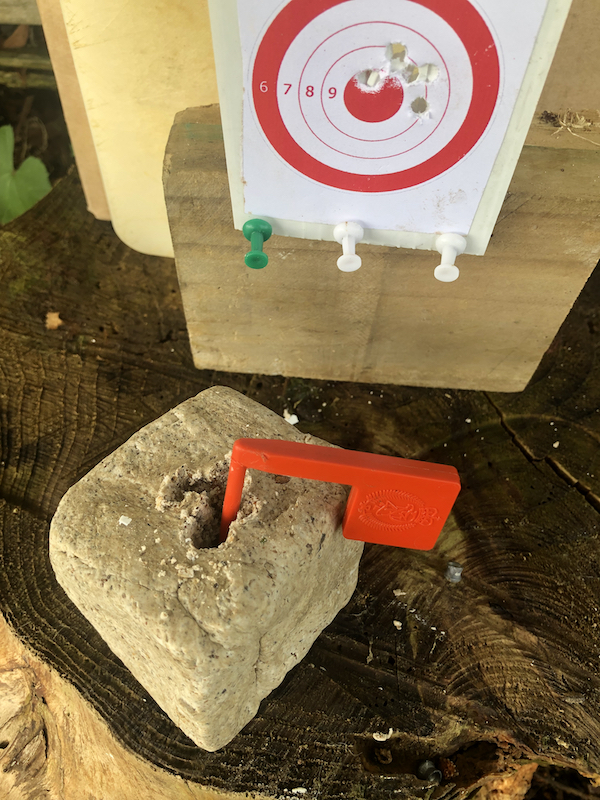





 Reply With Quote
Reply With Quote


Bookmarks